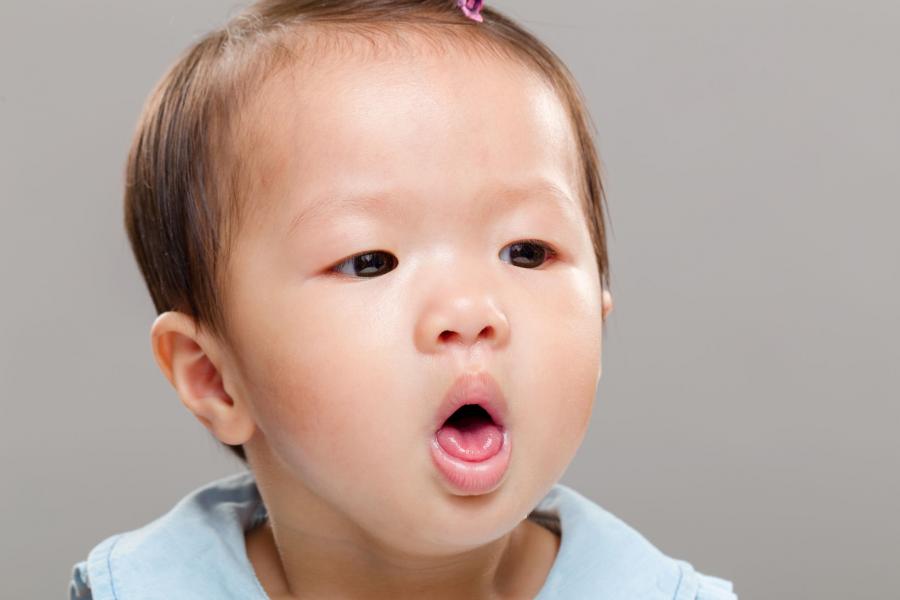Common Problems
Your child will almost definitely have one of these problems or conditions during childhood. Check this section for the essential information on nappy rash, fever, cough, bedwetting and more - including what to watch out for and when to seek help.

Copyright: leungchopan / 123RF Stock Photo